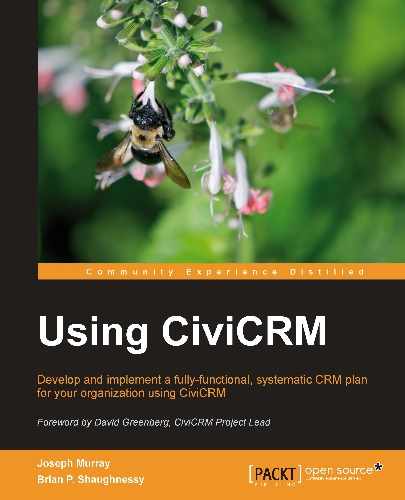It's important to ensure that the process and methodology you adopt for your CRM initiative is appropriate to your organization's culture and size, the complexity of its existing systems, and the scale of your CRM effort. This goal of "right-sizing" the process to fit your needs is essential, both for you as the project manager/decision maker, and for any consultants you engage in the process. Besides having familiarity with your methodology of choice, the project team (organization leaders, staff, and consultants) should understand and appreciate how you have right-sized the project. For example, if you represent a small organization with two to five staff members, a volunteer board and committee structure, and 3,000 contact records, building too much structure and process into your project will impede efficient progress rather than helping it. You need enough structure to make sure that the project is well-defined, well-managed, effectively tested, and implemented on time and within budget; but not so much structure that you spend all your time managing the methods instead of implementing a CRM.
Other things being equal, larger, older, and more hierarchical, formal and bureaucratic organizations tend to need a more formal approach with more documents, more approvals, and so on. Smaller, newer, flatter, matrix-managed, and more flexible organizations will find it easier to move along the spectrum towards the Agile methods.
Tiny organizations or initiatives may not need to iterate because the scope of work is too small. A project intending to replace a single existing CRM system with CiviCRM may find it better to proceed in a single product rollout to reduce the effort involved in running old and new systems in parallel. By contrast, replacing a number of separate siloed systems with CiviCRM can be grouped into one or more iterations for each system being replaced.
Sometimes, it can be useful to pilot CiviCRM in an important, urgent, or easy area. You might want to reach for a low-hanging fruit by automating event registration for the first time. Another strategy would be to tackle the toughest area first, so that you don't get half-way down a path of converting to a new CRM before you realize there are some aspects of your needs that will require more customization than originally envisioned. By tackling the elephant in the room first, you can reallocate resources to ensure your critical functionality areas are fully addressed.
